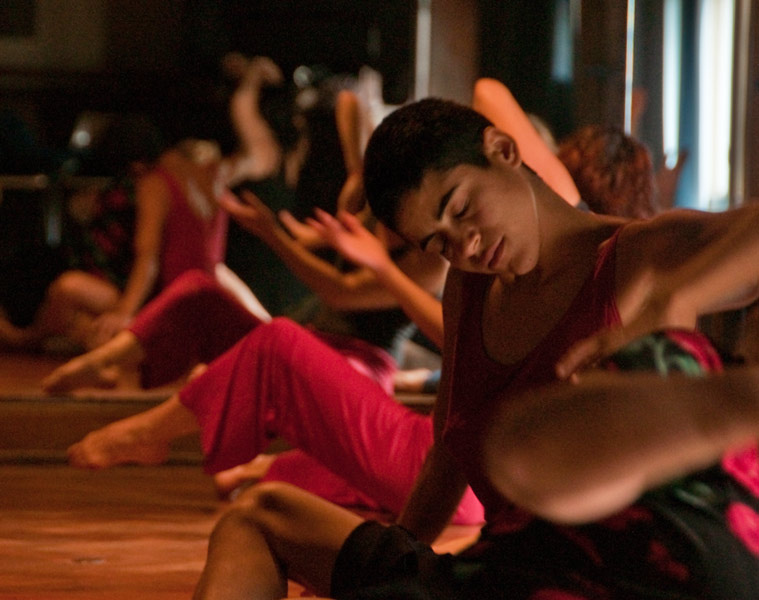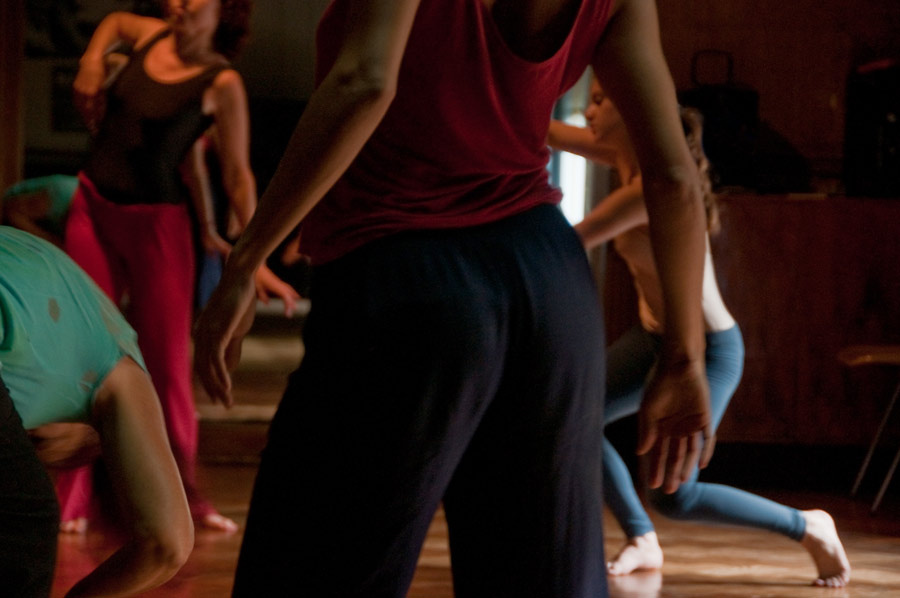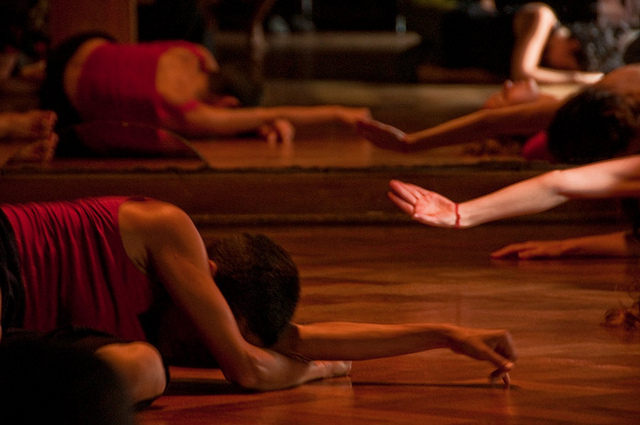Moving Toward Recovery: Dance/Movement Therapy

Creative Arts Therapy is an effective and evidence-based form of treatment that can help those who are suffering from addiction find their unique path to wellness. Many diverse practices fall within this field, with dance and music therapy being the most popular avenues. We spoke with dance/movement therapists Donna Newman-Bluestein, MEd, BC-DMT, CMA, LMHC, and Emma Barton, MA, LMHC, BC-DMT, E-RYT, about the healing work that they conduct each day.
Joshua Gordon: Can you explain to me what movement therapy entails?
"Everything we think, everything we feel, everything we’ve ever experienced, lives in the body."
Donna Newman-Bluestein: It’s different for every practitioner and with every client — no two sessions will look alike. The American Dance Therapy Association website states that dance/movement therapy is focused on movement behaviour as it emerges in a therapeutic relationship. Everything we think, everything we feel, everything we’ve ever experienced, lives in the body. The body is the storehouse of our past experience. So whether it’s in a conscious movement or a movement that is unconscious, we are expressing ourselves.
Dance/movement therapists use observation skills: when we see the movement, we respond to that and we build on strengths. We see what’s present and we see what’s missing.
JG: So, it is similar to analysing one’s subconscious behavior?
DNB: You are on the right track, but it’s not analysing. Analysing is a conscious process. It is getting the person to move. Our bodies have tremendous wisdom, and if we can learn to listen to the body, the body is saying what the person needs. So, I’ll give you an example. My favorite book on this topic is called Getting Our Bodies Back. Did I give you this resource?
JG: No, I don’t think so.
DNB: Okay, the author’s name is Christine Caldwell. Her initial background was as a dance/movement therapist and I think she now calls herself a somatic psychologist. What she does — somatic psychology — talks about not going back into the past, but paying attention to one’s body in this moment. So if, for example, I saw that a client was beginning to do an unconscious movement and we already had a relationship established, then I might ask them to explore that movement. Because that movement is a moment when the person is checking out and they are separating from their experience.

What Christine Caldwell talks about is a movement-based treatment for addiction. What she says, and what we as dance/movement therapists know to be true, is that everyone has a way in which we "check out": little mannerisms that we do when we feel a little bit uncomfortable. Some people bite their nails, some people bite their lips or twirl their hair. It's a little unconscious movement that we call "tags" — movement tags. And by exploring those movement tags, we can find out, in some cases, the experiences in the past that triggered this moment. We are working in the present and accepting any memories that come up. The purpose is that we can’t change the past; we can only change our responses in this moment — learning new responses to something that may feel uncomfortable.
"Teaching a person to glean information from their body, as well as from their thoughts, supports a more embodied decision-making process."
JG: How is dance/movement therapy (DMT) useful in treating people with drug addiction?
Emma Barton: In my experience, most substance abuse clients are not comfortable in their bodies and are incredibly conscious of the sense of being judged or misunderstood. They especially avoid experiences that might produce the sensation of being criticized or shamed. For this reason, I spend several weeks to months introducing the Eastern concept of mindfulness and offering experiential movement to help clients tolerate sensation, as well as to help them learn about the relationship between feelings/sensations (ie. anxiety, cravings, etc.) and action (behavior, drug use). Over time, clients become more accustomed to expressive processes and more open to creative experiences. They also feel more prepared to address the psychosocial aspects of their recovery after spending dedicated time on increasing self-awareness and knowledge.
JG: What does the general process of a dance therapy session look like for patients?
EB: The sessions often begin with the participants in a circle, gently being guided through a movement warm-up with music. The therapist utilizes the warm-up to assess the here-and-now experience of the participants in the room and to shift the awareness of the movers from cognitive processes to feeling/sensing experiences. Movements are "picked up" by the therapist and then mirrored back to each individual as a means to create a sense of being seen by the therapist. If all goes well, a theme develops and the group responds instinctively to the shared/lived experience being expressed in the room. The group verbally processes the content at the end of the session.
Although this example is “typical,” I have to admit that I very rarely follow this model— mainly because my yoga training surpasses my dance experience, but also because I have been working in populations that are not so comfortable inventing movement and exploring its meaning with strangers (especially initially). This is especially true for people recovering from a substance addiction.

JG: Would you say that DMT helps someone in recovery understand the root of their addiction?
EB: Body-based processes are vital for a person who is in recovery from substance abuse. The “root of addiction” appears to be in the feelings and sensations that a person experiences and not solely in their “faulty thinking.” Most people in SA treatment have no problem understanding why drug or alcohol abuse is problematic in their lives. The problem appears to be less in understanding the root of their addictive tendencies and more in their limited abilities to cope with uncomfortable sensations that are the result of an overly taxed nervous system. Teaching a person to glean information from their body, as well as from their thoughts, supports a more embodied decision-making process. This is also useful because it prioritizes a focus on how to manage/cope rather than why one is the way one is.
"Body-based processes are vital for a person who is in recovery from substance abuse."
For example, a person can label their experience as “anxious.” If this person identifies that their body tends to vibrate and their hands shake when they're nervous, they can do something about the experience by slowing down, or by noticing and releasing muscular tension before the experience becomes overwhelming. If a person notices that anxiety makes their breath short and shallow, again, with proper training the person can change that too. This process in combination with obvious cognitive steps (i.e. avoiding triggering people, places, and things) better supports efforts to maintain sobriety for a person experiencing addiction.
Another worthwhile aspect of dance/movement therapy is that it promotes prosocial behavior. Groups are generally interactive and experiential, which results in opportunities to try-on new ways of relating and engaging with peers. Thus, participants can work on improving their relationships with themselves, while simultaneously learning how to be healthier members of our society at large.
Photo credit: Kurt van Aert
Want to learn more about Creative Arts Therapy? Check out our interview with a Music Therapist.

